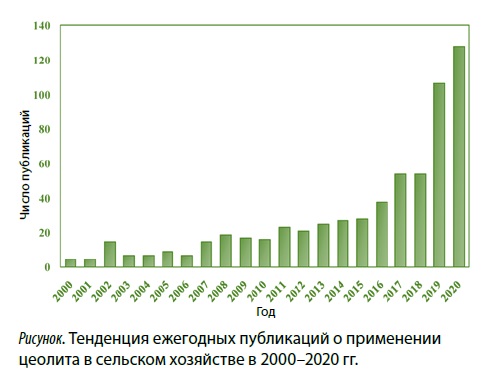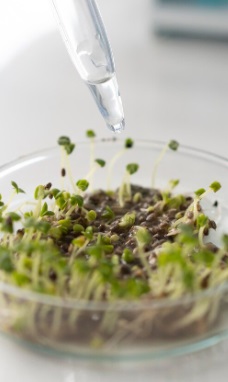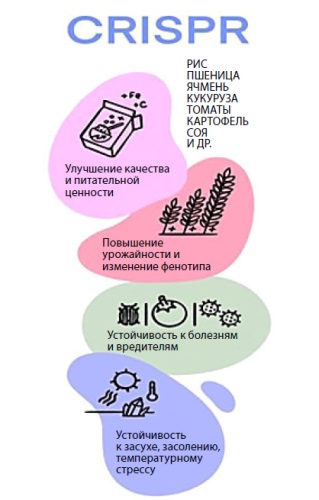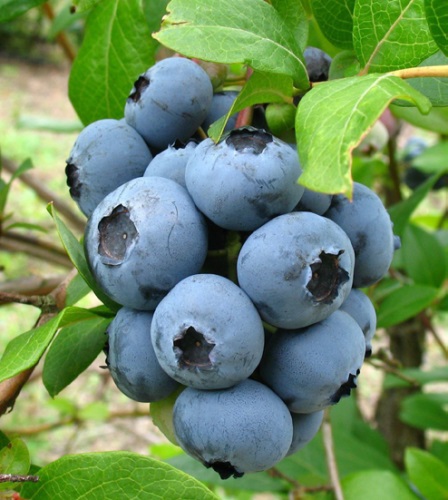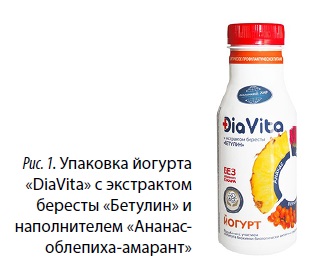The article considers the term «agroecology» and its constituent technologies, methods and techniques necessary for obtaining high-quality agricultural products. They are designed to assess anthropogenic factors that have a technogenic impact on the ecosystem, including the use of chemical and biological fertilizers and plant protection products, soil reclamation, forage harvesting, grazing, etc.
The authors presented one of the most effective strategies for preserving and improving soil fertility, involving the technologies for complex environmentally friendly biological products and biofertilisers, including bacteria that stimulate plant growth, and modified natural compounds (polysaccharides or secondary plant metabolites), as well as natural minerals.
The authors gave the innovative approaches to the creation of new varieties and hybrids of economically useful crops, in which traditional methods of hybridization and selection, developed over decades, are supplemented and improved due to the achievements of molecular biology, bioinformatics and genome editing.
The article presents modern strategies for increasing the protective potential of plants against a complex of unfavorable environmental factors, including phytopathogens. There are considered the main mechanisms of priming protective reactions in a pathological process involving natural resistance inducers and the ways of their implementation in plants.
The article considers the ecological, economic and technological advantages of microbial biotechnologies and their use in agricultural sector, as well as presents the most significant developments of the Institute of Microbiology of the National Academy of Sciences of Belarus.
An ecologically safe and economically rational strategy is presented as related to the identification and restoration of damaged microbial communities of urban and agricultural soils in order to preserve landscapes and increase crop productivity.
The authors consider the CRISPR-Cas technology, which changes the traditional approach to selection and allows influencing the most important characteristics of plants, including increased photosynthesis, disease resistance, and nutrient use efficiency.
The authors gave the expedience of wide introducing bog bilberry into industrial and home gardening practices, which will contribute to the diversification of the industry, increase the production of fresh fruit, and expand its export in demand on the market.
The authors gave the results of a comprehensive phytosanitary analysis of 4 Brest garden agroecosystems. They determined a complex of natural entomophages that can be considered as biological protection agents, and showed the effectiveness of biological preparations in limiting the spread of diseases and improving the condition of soils.
OPEN DOORS
The most notable scientific achievements in various fields, including methods for determining the qualitative and quantitative indicators of drinking, surface and waste water, soil and ground research, livestock feed, as well as testing the plant protection products and fertilisers are presented in a collection of materials prepared for the 25th anniversary of the Polessky Agricultural and Ecological Institute of the National Academy of Sciences of Belarus.
The author considers the Belarusian socio-economic model and the role of the Belarusian economic school in wide presenting the domestic economy performance
DISSERTATION RESEARCH
The current paper presents the results of a study examining the impact of the yogurt «DiaVita» enriched with betulin and probiotics, on metabolic parameters in patients with type 2 diabetes mellitus. The interventional study demonstrated that a two-week consumption of this product contributed to reductions in fasting blood glucose and fructosamine levels, normalization of lipid metabolism (decreased total cholesterol and increased high-density lipoprotein cholesterol), and a decrease in the concentration of the pro-inflammatory marker TNF-α. These results highlight the potential therapeutic benefits of yogurt with betulin as part of the comprehensive treatment of type 2 diabetes mellitus. Nevertheless, further research is required to confirm its long-term efficacy.
ISSN 2412-9372 (Online)




